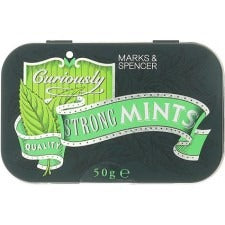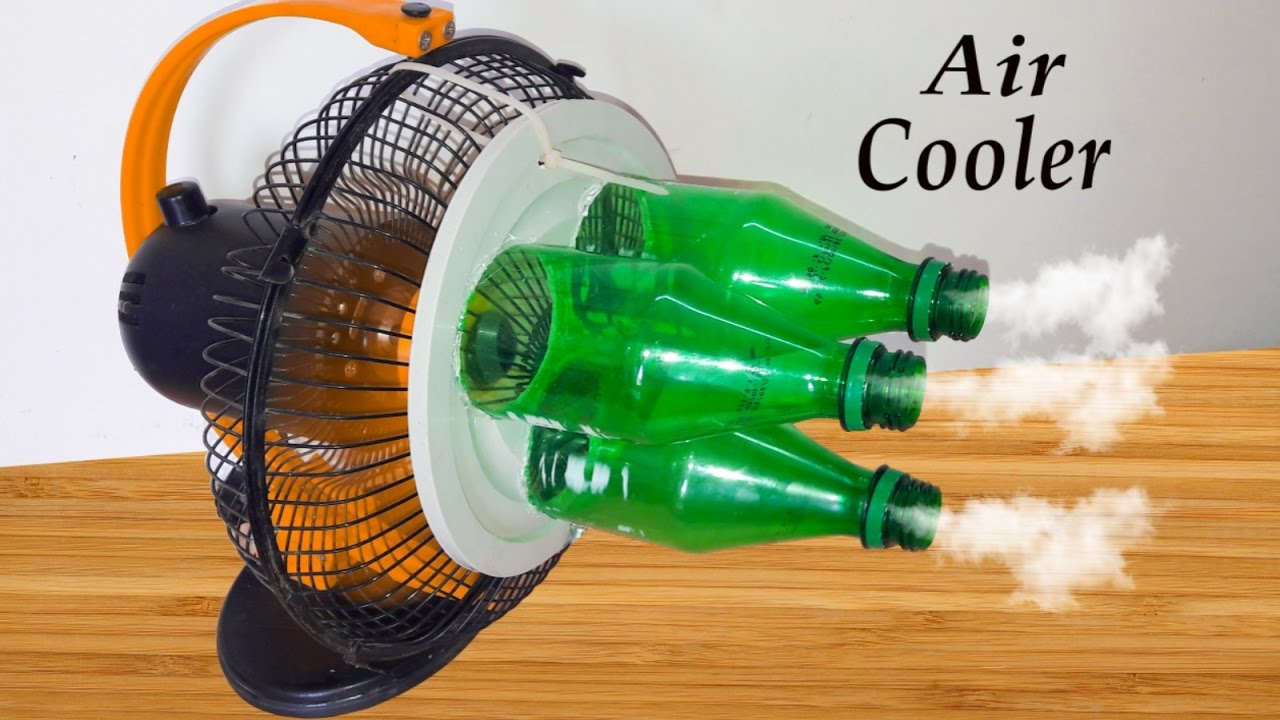
How To Build A Mini Survival Kit and Why?
What is a mini survival kit?
This is always a favourite topic of discussion for a wide range of outdoor enthuisiast from glampers to explorers to military types. So is this something the average person should consider? Yes, is the answer, we would would always argue.
The main trouble with the whole "survival kit" concept is the average person's understanding of what a survival kit is and what purpose it serves. When you mention a "survival kit" to your average (non -initiated) person, the first thing that springs to mind are images of armageddon, camouflage pants and the zombie apocalypse.
The truth is, a survival kit can be anything you want it to be. It could be something as simple as a bottle of water, a chocolate bar, a first aid kit and blanket (a good set up for vehicles).
On the other hand, a "survival kit" can be something a lot more intricate and invloved. For example, some people have a full vehicle that they would consider as part of their survival kit. These are sometimes known as bugout vehicles. However, when we are talking about small, pocket sized kits, the main practical constraint wouild naturally be the size of one's pocket. So is there any vaslue in pocket sized survival kits? Most leaders in the field would argue yes, as would we.
Here is an example of a pocket sized survfvial kit. Often these take the form of pouches or tins (Americans favour "Altoid" mint tins, with an UK equivalent being "Curiously Strong Mints" by Marks and Spencer).


Obviously, one can not expect to survive long term with just the contents of one's pockets. That would be extremely unrealistic therefore anyone proclaiming this as a possibility is talking nonsense. So what good can a pocket survival kit be?
We would argue that a pocket survival kit can be good for one of towo things. Firstly, it can act as a back up for main pieces of kit. In other words, should you loose or break your main pieces of kit, you always have a spare or backup. Secondly, the rule that "something is generally better than nothing" aleways works. If you need to fix something, the small screwdriver in your pocket will heko you more so than the big screwdriver you don't have in your pocket. This is a good approach to building a survival tin. The size of the kit is key here. A smaller kit is more portable so is more likely (and easier) to be carried.
This is the reason for the ever growing popularity of "pocket survival kits". A small portable solutions box for many problems raging from the daily routine (plasters for cuts, a pen or pencil for taking notes, a multitool for those odd jobs) to more unusual scenarios (giving an unconciouss person CPR or finding your way back to the woodland path you were on). Many people also keep a few days' worth of their personal medication as an emergency supply, within their survival kit.
Now we have given you an idea of how to approach building a kit for yourself, here is an example of a well rounded pocket survival kit that we have come up with:
Contents
1) The kit container - As stated above this can be a pouch, tin or similar. It could even be a coat pocket or pocket in a bag. We suggest a tin as it allows the user to keep all the essentials safe and isolated in one pplace which is much more convenient and good practice. In the case of a tin, it could also be used potentially for boiling water or cooking./
2) A small multitool - Ideally this should consist of a Philips driver, a slotted driver, tweezers, a plier and a knife. Scissors can also be surprisingly helpful in many scenarios. A small dedicated folding knife is often included.
3) A small medical kit - this can be a simple as a few plasters and an antisceptic swab. Just what you need for those little cuts and scrapes.
4) Small flashlight with spare battery - You may have to work in the dark! Also works as a signalling device.
5) Space Blanket - These weigh nothing and can help keep you warm and dry. Can also be used to construct a rudimentary shelter. Can help prevent hypothermia and shock. Keep patients warm if in doubt.
6) Water purification kit - If you are using the kit for wilderness area, it is a good idea to carry a few water purification tablets and a bottle or container. Traditional style military survival kits would suggest including a couple of non lubricated condoms. If handled and filled properly, these can hold up to a litre each (an old trick is to place the condom in a sock before filling it as this will work as a convenient carrier and minimises the chances of the condom breaking). Fortunately, with th e advance of technology, there arte far better foldable water containers availble (check out the Platypus brand).
7) Cordage and duct tape - Cordage is one of the hardest items to recreate from natural materials. It can also be very time consuming. If you didn't know, cordage can be useful in a mulitude of ways. Duct tape is the ultimate fixer, repair clothing, make a sling, patch up a holy tent etc. You needn't carry an entire roll. Wrap some around a, old loyalty/supermarket card.
8) Small compass - This can be a useful tool even in an urban environment. We would suggest a non-liquid filled compass as liquid filled compasses tend to develop bubbles with sufficient exposure to temperature/air pressure changes. Bubbles can diminish a compass' accuracy.
9) A whistle - Small, unobtrusive, never runs out. Good signalling device. Can be heard over hundreds of metres or more.
10) Small fire lighting kit - Less useful in urban environments but still worth carrying. We would suggest carrying a lighter (clipper brand, cheap and reliable), a fire steel and enough tinder to light one or two fires.
A kit of this size will naturally be limited in function. Think of it as a "get you back home" kit as oposed to a "stay out in the wildernss" kit. If carried on a daily basis, carrying a kit of this nature will pay dividens. You will end up using it at some point, normally the same point you become thankfull for carrying the kit.
Be sure to check our article on emergency survival fire lighting here
The Bushgear Team


